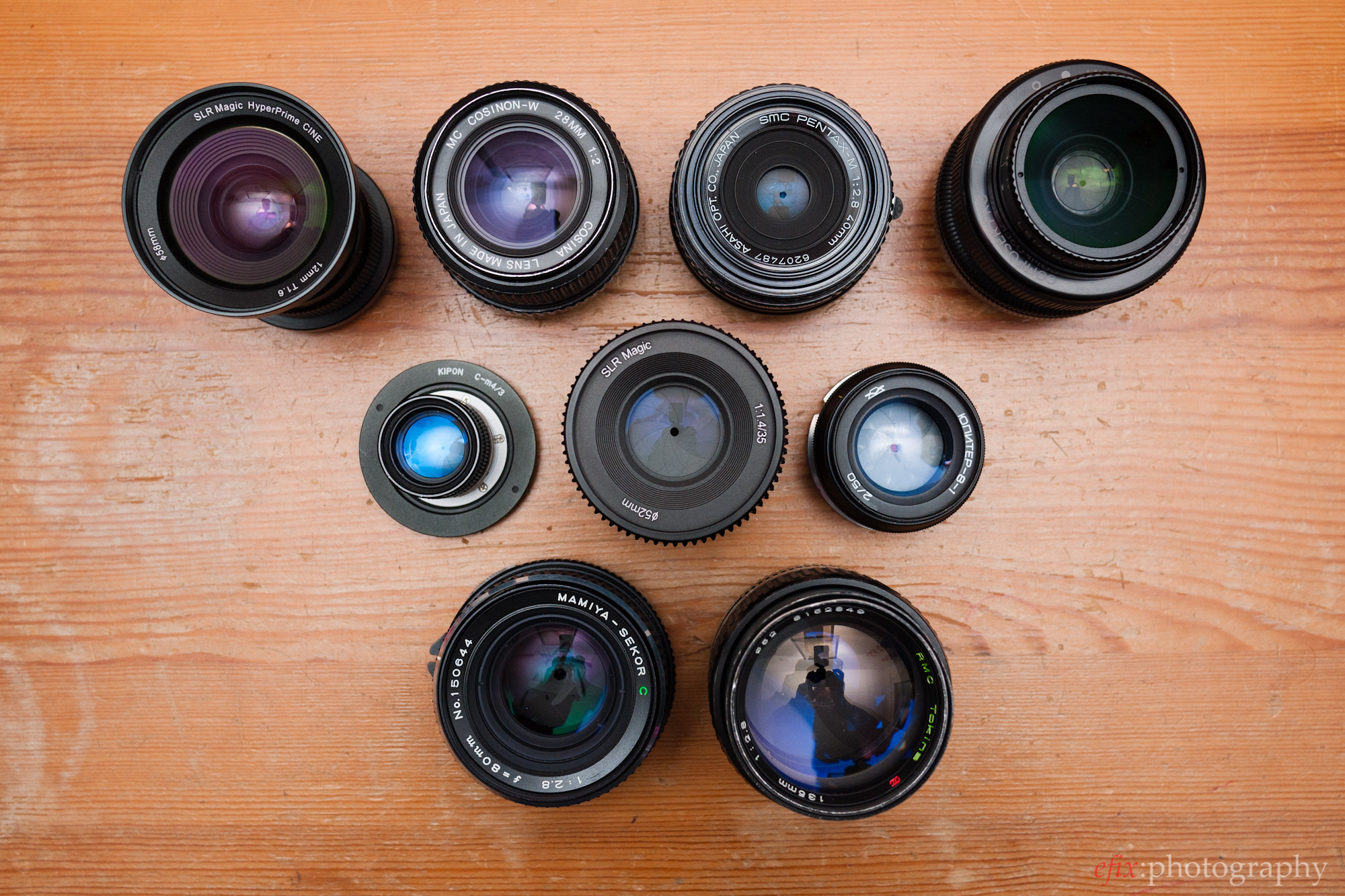History of Hamptonne
Hamptonne Country Life Museum gives the visitor a unique insight into the rural life carried on in Jersey for centuries. Dating back to the 15th Century the house and farm are perfect for discovering the rural history of Jersey. Explore the different houses which make up Hamptonne, find out more about Jersey’s history of cider making in the cider barn and wander through the cider apple orchard and meet the Hamptonne calves, lambs, chickens and piglets in the traditional farmstead.
Discover Syvret House, a decorated and furnished farmhouse gives a unique window into 1940s rural life, including; agricultural traditions, day-to-day family life, language, religion and the experience of the German Occupation.
It is now part of the Jersey Heritage group, as people can buy memberships and visit Jersey’s historical sites an unlimited amount of times for a fixed price. Tourists love this site as it offers an insight into what life was like during the 15th century.
Living History
At Hampton there are a range of living characters such a housewives and weavers, these characters are there to further help you visualise what life was like 400 years. It was really interesting to see what houses looked like and to learn about ho farms were run centuries ago, in particular how cider as homemade from the apple orchard and the use of horse power.
Furthermore, the weavers talked to us about the history of sewing in Jersey and the laws in which materials had to be made of 3 strings to be sold on the market. They also demonstrated how balls of yarn were made of wool using an old machine, and where original models can be seen. The living history part of Hampton was one of my favourites as we could guide the models and ask they to move and hold different objects, meaning I could take a variety of different photographs.
Way of life in the 15th century
One of the main places to learn about the way of the life in the 15th century was the house in the centre of Hampton, there they had voice overs about life during the and and living with rations whilst we took photographs of older objects such as the metal bath, beds, shoes and the type of food that was eaten. In addition, I enjoyed analysing how different is life is now to that it was like several centuries ago.
I think that it was interesting to learn about the history as it makes us realise how industrialised out world is today, and how back then they had to rely on horse power and no electricity, the real life example of how they used to make cider made this even more fascinating to learn about.
Tom Kennedy and natural lighting
We had time in small groups to talk to Tom Kennedy who demonstrated to us how to properly use natural lighting when taking photographs inside, with the help of (sheets of white and shining plastic) to make sure the light was evenly dispersed around the living history model.





































